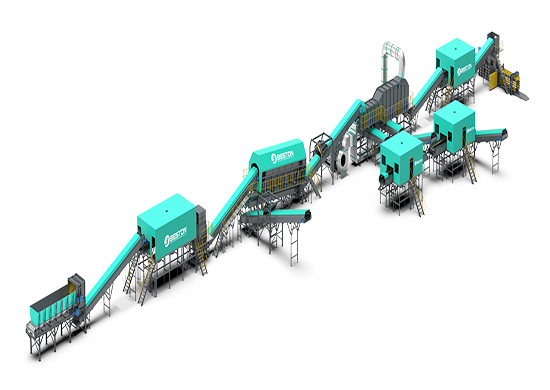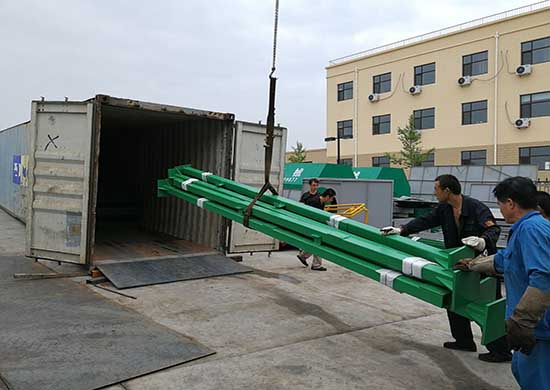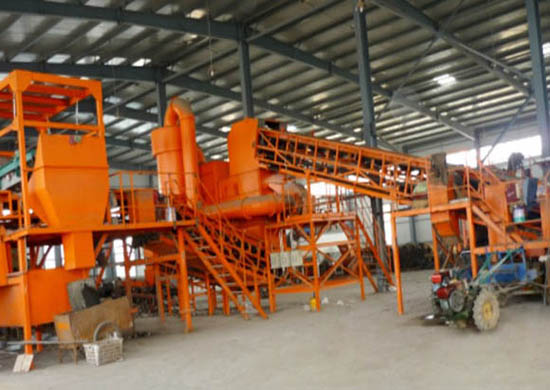How Does A Waste Sorting Station Work?
Modern waste sorting stations are able to automatically separate paper, glass and plastic, thus saving us from doing it ourselves. This article describes the process that takes place inside of the garbage recycling machine, so that you can gain a better understanding of this type of equipment.
To start with, the dump truck delivers the load to the sorting station. A worker checks whether there are any bulky items in the pile, in order to remove them before the processing of the waste.

Next, a powerful claw grabs as much waste as it can hold and releases it into a spinning drum. This is where the magic actually happens. Different categories of waste have different specific weights, so they react differently to the gravitational force. The drum spreads the materials evenly on conveyor belts that move the waste to the next stage of the sorting process ( planta de tratamiento de residuos ). Here the initial sorting takes place. Workers remove sharp items such as hangers and any other items that may cause jams. They also remove plastic bags, as they may also cause malfunctions.

In the next stage, materials pass through large star screens. The effect of this stage is that smaller items fall through the screens, while bigger ones continue their journey on the conveyor belt. Manual workers extract small contaminants such as wallets and other similar items. Unfortunately, turning this process into a fully automated one isn’t possible, so these facilities will always need to rely on manual workers to pick these items from the bulk.

The next step involves the use of medium star screens that separate waste paper from the bulk. Everything else falls back on the conveyor belt and keeps on moving toward the next stage of the waste sorting process. Here, a powerful magnetic extractor removes all iron items from the bulk. In order to separate aluminum items, these waste sorting stations use an eddy current separation. This device creates a magnetic field that induces electrons into aluminum, pushing all these items off to another conveyor belt.
By this time, all remaining waste will be plastic. A special device detects recyclable plastic items and separates them from non-recyclable ones with the help of air puffs. By using the different specific weight of different types of plastic ( maquina de reciclaje ), it is possible to direct the two categories into different bins.
The baler compacts waste into bales of metal, plastic, cardboard or recycled paper. Paper bales weigh about one ton each. They are now ready to enter the next stage of the recycling process. This may or may not occur at the same facility. Some waste sorting facilities prefer to sell the compacted waste to other companies, so they only have to bother with storin and transporting them.
By the end of the sorting process, only waste that can’t be recycled will remain. This waste will go into landfills. While there’s nothing that can prevent the need for landfills, the sorting process ensures that only a small fraction of all waste ends up in such landfills(planta de pirólisis).